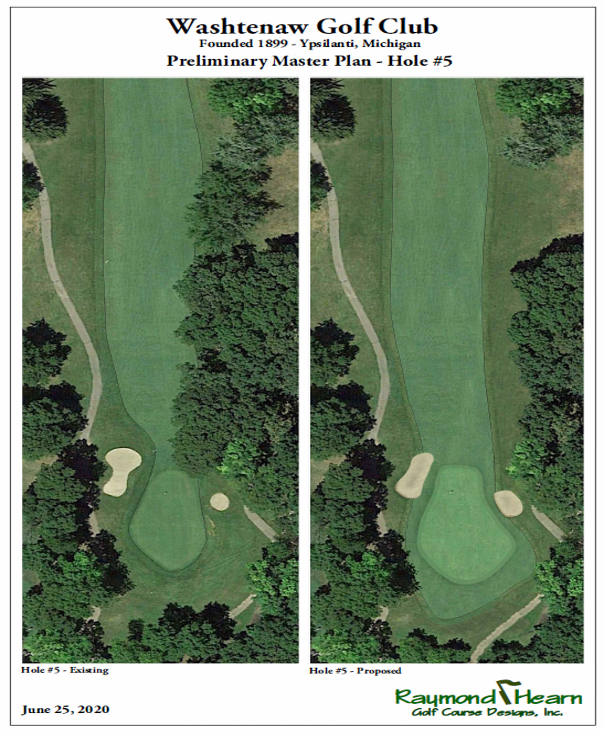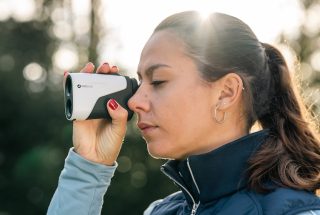Raymond Hearn, ASGCA, is developing a new long-range Master Plan for the historic Washtenaw Golf Club (formerly the Washtenaw Country Club) founded in 1899 and located in Ypsilanti, Michigan. The club ranks among the most historic and one of the oldest clubs in the State of Michigan. Hearn will be working closely with the club’s operating partner Dave Kendall. Kendall is a successful PGA member and nationally acclaimed golf instructor. He and his partners purchased the club in January of 2020. The course started out as a 3-hole course in 1899 and then was expanded to 6 holes and later 9 holes in the early 1900s. The original designer is not known. In 1922, the course was expanded to 18 holes. Donald Ross was reported to have walked the land for the new 9 holes in 1922. He was quoted as saying, God meant this beautiful rolling land for golf.” To what extent Ross was involved is unknown.
Many golf course architects consider it great fortune to work on one pre-1900 golf course restoration/renovation project in their career but for Hearn it is his fourth. “I am thrilled to be working with my good friend, accomplished PGA member and one of the top national instructors in America,” states Hearn.
“My partners and I are thrilled to be working with such an accomplished veteran architect in Ray Hearn. He has successfully worked on a number of pre-1900 golf course restoration / renovation projects. Ray closely studies historical aerials and documents; constantly plays and studies our course and then provides us with strategic Master Planning options to review and discuss. What we like most about Ray is that he makes sure his improvements make the course more enjoyable for ALL golfers and not just the single handicap and scratch golfers. He listens carefully to our input and feedback. We are very excited about his upcoming Master Planning recommendations,” states Kendall.
“Right now, I am completing the historical review of the course while playing, measuring features, sketching ideas and studying the course over and over again. We are thrilled to have secured an old golf course aerial photograph from the 1930s to review and study. Next, we will be generating restoration / renovation Master Planning options for each hole for Dave to review and consider. The end result will be a combination of restoration and renovation course improvements that make sense in terms of improved strategy and playability. I want to improve the playing experience for all levels of golfing ability. Restoring old edges to certain historic greens, removing a few trees, repositioning certain bunkers, renovating certain tees and tweaking fairway limit lines will all add to increased strategy, shot value and playability. My goal is to achieve more angles and play options for all golfers. I also never lose sight of this game’s most important principle, that golf should be a fun and an enjoyable experience. Restoring some of the original course features lost over time has been a true treasure hunt utilizing old aerials, photos and sketches along with a handy soil probe. These future improvements phased over time, will allow everyone to experience and hopefully appreciate the club’s enhanced playability and significant historical features that have been restored. I am thrilled to be involved with this incredible club. Stayed tuned!” says Hearn.
For more information and photos contact:

Raymond Hearn, ASGCA
Raymond Hearn Golf Course Designs, Inc.
(Office) (616) 399-7686
(E-mail) ray@rhgd.com
(Web Site) www.rhgd.com




